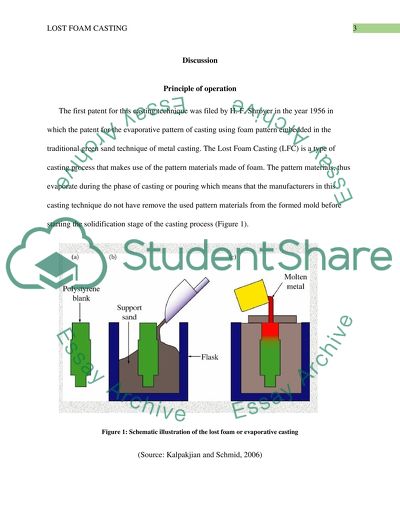Cite this document
(“Lost Foam Casting Essay Example | Topics and Well Written Essays - 1250 words”, n.d.)
Lost Foam Casting Essay Example | Topics and Well Written Essays - 1250 words. Retrieved from https://studentshare.org/engineering-and-construction/1699008-lost-foam-casting
Lost Foam Casting Essay Example | Topics and Well Written Essays - 1250 words. Retrieved from https://studentshare.org/engineering-and-construction/1699008-lost-foam-casting
(Lost Foam Casting Essay Example | Topics and Well Written Essays - 1250 Words)
Lost Foam Casting Essay Example | Topics and Well Written Essays - 1250 Words. https://studentshare.org/engineering-and-construction/1699008-lost-foam-casting.
Lost Foam Casting Essay Example | Topics and Well Written Essays - 1250 Words. https://studentshare.org/engineering-and-construction/1699008-lost-foam-casting.
“Lost Foam Casting Essay Example | Topics and Well Written Essays - 1250 Words”, n.d. https://studentshare.org/engineering-and-construction/1699008-lost-foam-casting.


